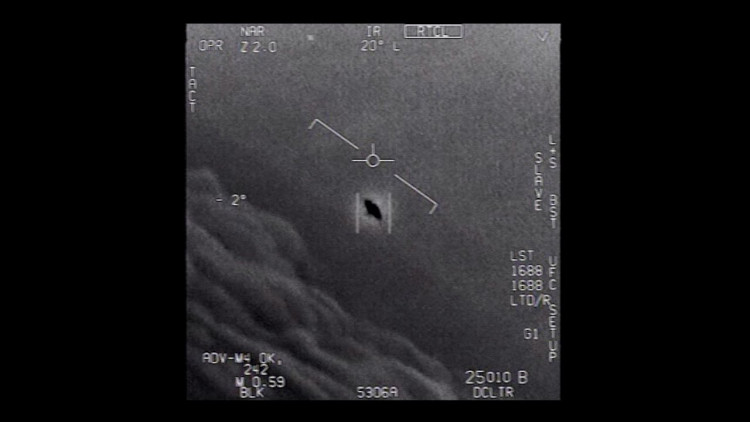NASA envisions that the study of unidentified aerial phenomena (UAP) will move from the scientific margins to the mainstream. The agency announced June 9 that it has formed a committee to look into UAP.
The term UAP is a more formal way of stating the same thing as UFOs (unidentified flying objects), while also providing some distance from the popular perception of UFOs as extraterrestrial objects.
"There is no evidence UAPs are extraterrestrial in origin," NASA emphasized in the statement.
The U.S. Congress convened the first public hearing on UFOs in 50 years last month. UAPs have remained a mystery despite a Senate hearing and a Pentagon report released in 2021. A series of recordings acquired by the Navy, including some newly released footage revealed during the hearing, have been seen.
Should any of the UAPs be the product of foreign powers, government authorities have highlighted worries about aviation safety and national security.
The NASA study will begin this fall, last approximately nine months, and cost no more than $100,000, according to agency officials in a conference call with reporters today. The primary goal is to assess the current state of the UAP data landscape and how it can be improved in the future.
The study will take around nine months to complete, and the team will also consider how to effectively collect future data on UAPs. The report will be made available to the public.
NASA could bring a new perspective to the study of UAPs.
"We have access to a broad range of observations of Earth from space -- and that is the lifeblood of scientific inquiry," NASA associate administrator for science Thomas Zurbuchen said. "We have the tools and team who can help us improve our understanding of the unknown. That's the very definition of what science is. That's what we do."
Such work is very much within NASA's purview, according to Zurbuchen, who noted that the agency's many research priorities include, among other things, the search for alien life, the investigation of mysterious cosmic objects and phenomena, and assisting in the safety and security of American aircraft. (Aeronautics is the first "A" in NASA, and UAP could pose a threat to planes and other aerial vehicles.)
And, like the U.S. Department of Defense, NASA is not hesitant to throw their names behind the effort to debunk UAP.
Indeed, NASA expects that the newly formed group and its efforts will assist to standardize UAP sightings and research, allowing scientists to access more and better data.






